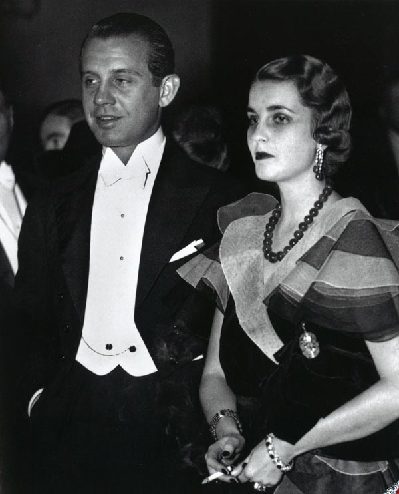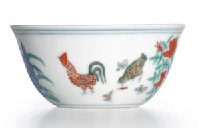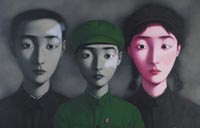 |
|
Barbara Hutton wore the necklace at the Metropolitan Opera in New York in 1933. Photos provided to China Daily
|
As the Qing declined in the late 19th century, many imperial treasures were taken out of the palaces and some like these beads, ended up in Europe fashioned into haute joaillerie by Cartier in the early 1930s. (Cartier records show the Hutton-Mdivani necklace was made in 1933.) Their massive grape-size beads, unsurpassed quality and deep green color strongly suggest that the Hutton-Mdi-vani beads were very likely worn at the imperial court.
Whether they are jadeite beads from the Qing court or imperial jade beads from this century, the ultimate piece for any jadeite collector to acquire is a bead necklace which is simple, subtle, unassuming and stealthily appreciated only by connoisseurs.
The necklaces are fashioned using either round beads or cabochon cuts because jadeite's inherent iridescence makes faceting or carving unnecessary. To keep the quality, color, shine and patina consistent within a single strand necklace, all beads have to come from a single boulder, which should yield at least three times the amount of beads required to complete a necklace.
The Hutton-Mdivani necklace remained in the Mdivani family for 50 years until it was sold in 1988 for $2 million, making it then the most expensive piece of jadeite jewelry in the world. In 1994, Christie's Hong Kong sold it at auction for $4.2 million, thus bringing the price of jadeite jewelry to an unprecedented level.



